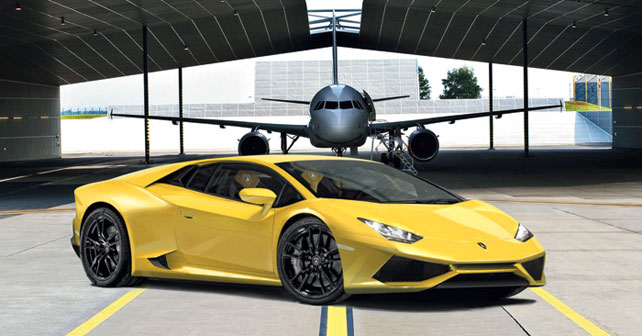The launch date is set for Geneva 2014, but we can reveal some of the secrets of the Gallardo’s successor. It’ll be easy to drive, full to the brim with technology, and, obviously, fast as hell.
There’s a before and after in the world of supercars, and – whether one likes it or not – the benchmark is the Ferrari 458 Italia: a car that’s been able to re-write the history of supercars by drawing entirely new frontiers which everyone is now obliged to strive towards. Yes, even Lamborghini. And we’re not talking about pure performance here. In fact, the current record from the handling track in Vairano belongs to a car with a raging bull on the hood – the Gallardo Squadra Corse. What we’re concerned with is drivability, quality of life on board, and interaction between electronic systems.
This preamble is useful to explain that the now soon-to-be heir of the Gallardo – without giving up the family tradition which demands extreme sportiness from its cars – is a machine conceptually different from the one that preceded it. It’s far more innovative than what the styling, fairly conservative for a Lamborghini, might suggest. The underlying impression, however, is a positive one – the newborn is mean, but discreetly so – there are no massive wings or spoilers. You could even call it elegant. The only shame is that the doors open conventionally rather than skyward – perhaps there would have been no harm in a little more audacity.
But it’s under the skin that the matter becomes more interesting. Let’s start from the component that, all in all, has undergone the least amount of change – the engine. Under the hood, there’s the well-known 90-degree V10 engine, but revised to make it more powerful and efficient. Here, the primary work has been concerned with the internal fluid dynamics and the reduction of friction. The V10 retains the long stroke of its predecessor, which unleashes extraordinary torque starting at the lowest of revs. It also maintains the ‘common pin’ configuration – two opposing connecting rods to which the car owes its distinctive acoustics (the bursts from the various cylinders are slightly out of phase with each other). In terms of power, it’ll breach the 600 horsepower mark at 8,000rpm – due in part to a small increase in displacement (from 5.2 to 5.4 litres).
The transmission innovatively abandons the previous electro-activated solution in favour of a seven-speed dual-clutch gearbox. Of Audi origin, this unit has been totally revamped by Italian technicians to adapt it to the demands of a Lamborghini. A big task will be that of reducing command response time, along with appropriately controlling the shutting off of the clutch and installing launch control to project the car from to 0 to 100km/h in around 3 seconds. The driveline is an evolution of the Aventador. As with its older sister, the torque transfer to the rear tyres no longer happens with a viscous coupling, but with an electronically-controlled Haldex clutch which allows the torque to be transferred to the front only in times of need. Or it can be left to the driver’s discretion, since he can choose between three different calibrations by choosing the appropriate setup (Street, Sport, and Race). The body also features important upgrades, such as a brand new hybrid frame structure with aluminium parts, while areas on the parts of the car that require greater structural rigidity are made of carbon composite. As for the suspension, with the exception of electronically controlled shock absorbers, the rest is not too different from what we’re used to now – double wishbones, both front and rear, with drilled and ventilated brakes (also available in carbon ceramic) and fixed six-piston callipers in front.
History and tradition
TEN YEARS OF GALLARDO
It was the beginning of 2003. Following a number of changes, the Sant’ Agata carmaker released its first ‘small supercar.’
A new model, more compact and cheaper than the Murcielago – these were the bets made a decade ago, and they turned out to be winning ones, as they changed the image and structure of the Sant’ Agata brand. Initially propelled by a 5-litre, 500bhp V10 engine, the Gallardo featured a manual transmission and all-wheel drive. The body was made of aluminium. The model evolved through the years, culminating in numerous special versions, and a Roadster. The restyling took place in 2008, and saw the introduction of direct injection and 560bhp. The last touches (seen below) date from just a few months ago.
© Riproduzione riservata





























Write your Comment